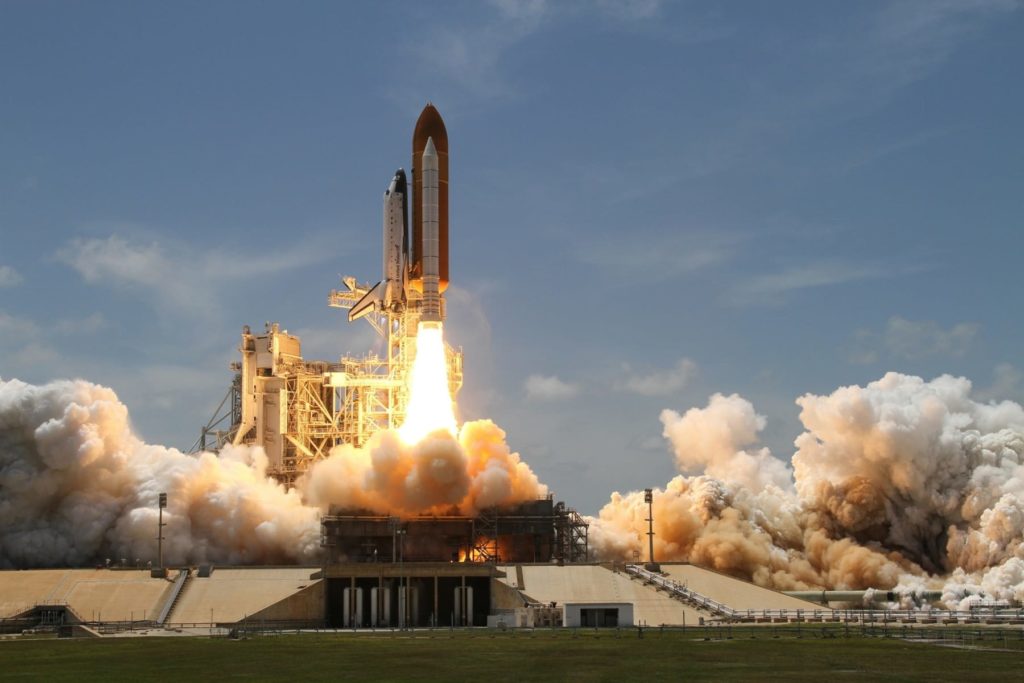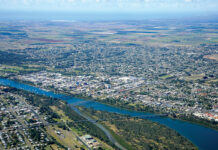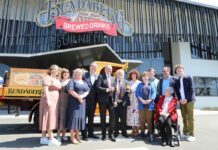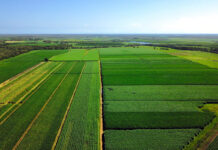The sky is not the limit as Bundaberg fires up to blast into the growing space economy.
Queensland has the capability and location to develop a space industry that could potentially contribute up to $6 billion to the state’s economy by 2036, a report released today shows.
State Development Minister Cameron Dick said the Deloitte report shows the industry in Queensland is already globally competitive in specialist areas and it’s growing at seven per cent per year.
Mayor Jack Dempsey said the Bundaberg Region was well placed to share in the rocket-fuelled boom.

“We have the most equable climate in Australia and the northern-most port on the eastern seaboard before the Great Barrier Reef,” he said.
“Bundaberg also has a cultural and historical connection to space through our famous pioneer aviator Bert Hinkler.”
In 1986, the space shuttle Challenger was carrying a 12cm long wooden rib from Bert Hinkler’s glider when it blew up, killing all seven crew members.
The fragment was thought to be lost, but it was later found floating in the ocean over which the Challenger broke up, still in its NASA bag.
Establishing a Challenger Learning Centre in Bundaberg has been identified as an advocacy priority for Council.
In the aftermath of the Challenger accident, the crew’s families came together, firmly committed to the belief that they must carry on the spirit of their loved ones by continuing the Challenger crew’s educational mission.
Their efforts resulted in the creation of Challenger Center for Space Science Education.
Challenger Center a real possibility
Challenger Center and its global network of Challenger Learning Centers use space-themed simulated learning and role-playing strategies to help students bring their classroom studies to life and cultivate skills needed for future success, such as problem solving, critical thinking, communication and teamwork.
Mayor Dempsey said a NASA-supported Challenger Learning Centre in Bundaberg was a real possibility.
“Council is also looking to get our SME sector defence ready, which has synergy with being space ready, given links between defence and aerospace,” he said.
Mr Dick said the Deloitte report estimates the space industry could add between 4000 and 6000 jobs in Queensland within the next two decades.
“Queensland universities and companies are at the forefront of space research and technology, including NASA’s mission to identify inhabitable planets beyond our solar system, world-leading hypersonic rocket development, the design and manufacture of advanced composite materials, and in new satellite launch and communications technologies,” he said.
“Queensland is already the home to Australia’s vehicle and aviation manufacturing sectors.
“With our advanced manufacturing supply chain and world-leading research programs, it makes sense for Queensland to also be the home of Australia’s space manufacturing industry.”







